Could listening to your customers be worth $100 million?
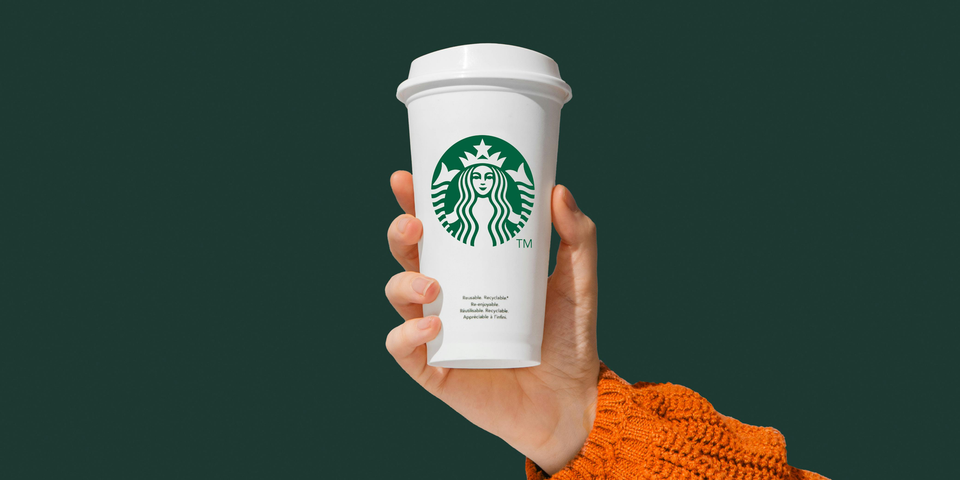
Starbucks is making headlines again this week, with a proud declaration that their "'Back to Starbucks' plan is working." Despite sales declining worldwide, net revenue is up. And the future looks bright. Soon we’ll see protein cold foam, coconut water based drinks, and a revamped menu full of gluten-free and high-protein options.
But it was back in September 2024 that really shook the coffee world by hiring former Chipotle CEO Brian Niccol. His mission? To lead the company out of a mess: massive sales slump, decreasing customer satisfaction, boycotts, increasing labor issues, and criticism over ethical sourcing. No small task. Like turning a cruise ship, “their size is what makes them turn slowly, but their size is also what makes them worth turning”. Starbucks was worth saving.
While Jonas Salk believed “the reward for work well done is the opportunity to do more”, in the case of Starbucks, the reward for their CEO is also sh*t loads of cash. Cash to the tune of $96 million in total compensation. That’s more than Jamie Dimon, Mark Zuckerberg, or Bob Iger. Arguably, there is more a stake for Starbucks as they teeter on the precipice of decline. It will be money well spent if Niccol can pull it off.
How does he turn the coffee juggernaut around? At the risk of over simplification, he’s doing one thing.
One big thing.
He’s listening to his customers and repositioning Starbucks to serve.
“A business absolutely devoted to service will have only one worry about profits. They will be embarrassingly large.” – Henry Ford
Of course, whenever we listen, it’s important to separate signal from noise. Customers are great at identifying problems. Like the airing of grievances at Festivus, they might rattle off all their dislikes given the space. Some remarks will be nothing more than petty annoyances, limited to a small crowd or niche customer profile. Other comments are so frequently repeated by the loyal fanbase, that they seem to be worthy of attention. But the golden nugget of real feedback, the aha moment, the single utterance that changes everything, comes from the customers you’ve already lost. Like a plane returning from battle with bullets in the wings, it’s time to reinforce Starbuck’s fuselage.
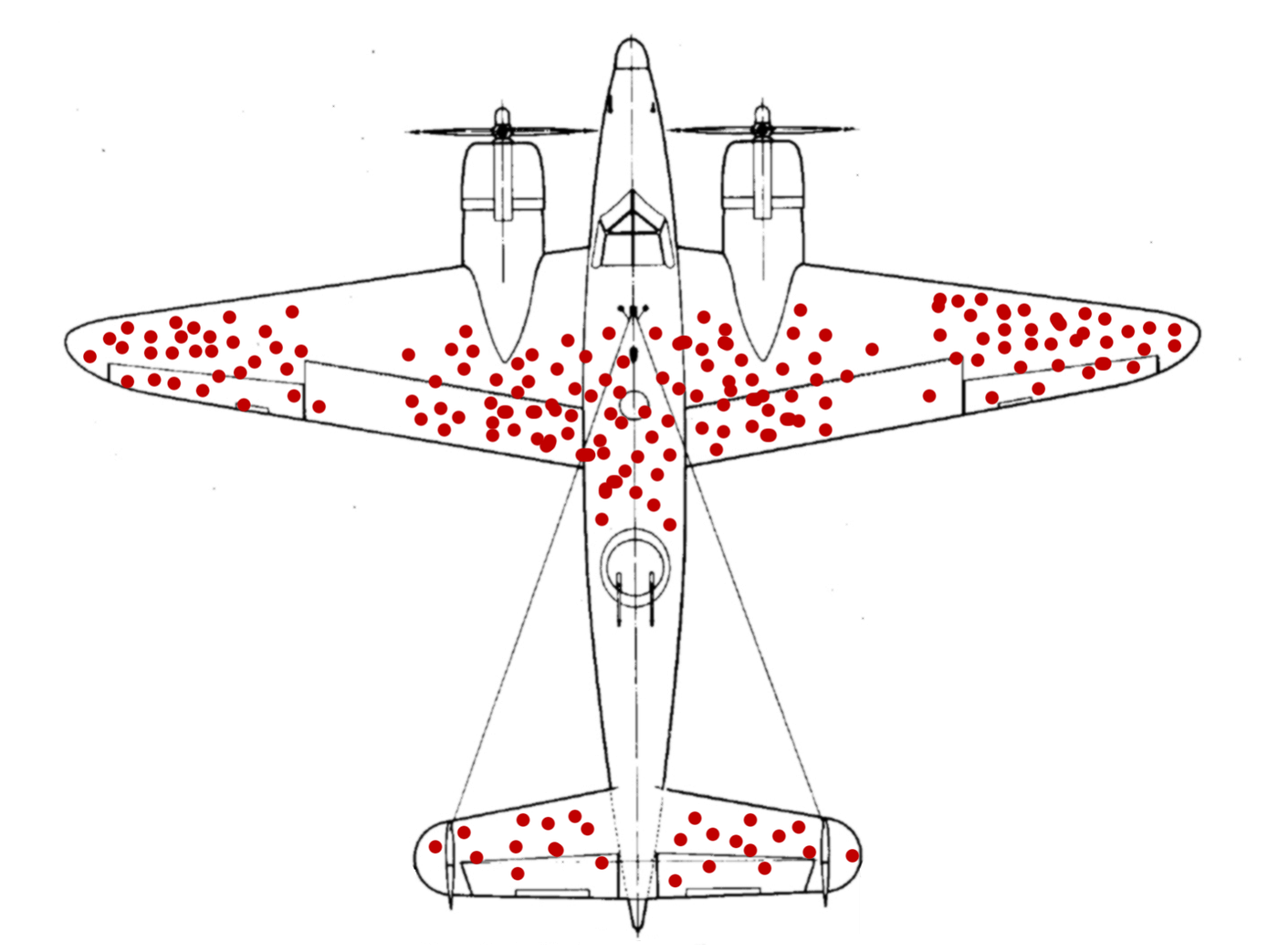
Customers don't always know what they want or even how to solve their problem. Listening for the pain and anticipate their customer’s need is far more powerful than outsourcing problem solving. It’s already clear Niccol is listening carefully by asking the right questions. I trust he’s well studied to see he’s not walking into uncharted territory. Those who don’t study history are doomed to repeat it. So let’s dig in on the problem, the history, and the solution.
"If I'd asked customers what they wanted, they would have told me, 'A faster horse!'" - Henry Ford
Third Place Erased
Sociologist Ray Oldenburg popularized the idea of "third places" in his 1989 book, "The Great Good Place". In it, Oldenburg uses the term “third place” to describe a comfortable place outside of home ("first place") and work ("second place") where people can gather and connect. They’ve persisted throughout time as neutral ground territory, where all walks of life could congregate without pressure or hierarchy. Typically engaging in conversation, social interaction, common hobbies, or goodwill. It sounds lovely, right? Traditional third places included parks, libraries, gyms, and farmer’s markets.
Inspired by Italian espresso bars, CEO Howard Schultz set out to make Starbucks that third place for Americans. Eventually growing Starbucks from 11 stores in 1987 to over 30,000 following a third place trifecta formula that engage the senses: cozy couches (touch), soft jazz music (sound), and the rich aroma of freshly brewed coffee (smell). The employee was rebranded to Barista and felt more like a friend than a food service worker. Veteran baristas can tell countless stories of this place playing a central role in their patron’s lives. Authors who wrote entire books in a Starbucks cafe. Flirtatious budding romances on first dates over a chunky mug of warm coffee. Some baristas became friends, going as far to help a customer propose to his spouse by writing “will you marry me?” on a cup.

Yet, somewhere along the line, they must have gotten off track. They lost their heart. At first, the big cozy sofas were replaced with armchairs, then wood chairs. Maybe done in an attempt to accommodate more people. During COVID, when the importance of personal space eclipsed third space, the furniture was removed entirely. Mobile order forced the handwritten sharpie names to be replaced with sterile thermal printed stickers.
This shouldn’t have been a surprise. Shultz knew it was coming. In a 2007 memo, he warned:
“Over the past ten years, in order to achieve the growth, development, and scale, we have had to make a series of decisions that, in retrospect, have lead to the watering down of the Starbucks experience, and, what some might call the commoditization of Starbucks.”
Central to his argument was that adding automatic espresso machines, moving to bagged flavored locked packaging, removing coffee grinders, and building cookie cutters stores had robbed the brand of “romance and theatre”. Dulling the senses that had drawn us in. They demoted emotion in favor of scale and profits. Quarterly projections are the profits of doom. Self imposed commoditization of their brand led to the overarching problem. A demise of third place status. To earn it back, Starbucks is quickly addressing core issues with their "Triple Shot Reinvention” plan. Which at its core, is just listening and reacting.
Mosh Pits or Coffee Pots
Post-pandemic, the Starbucks mobile platform exploded. Especially at key morning rush times, stores and baristas suffered under the surge. Overcrowded, overrun, long wait times, and counters jumbled with cups led former CEO Howard Schultz to described the scene as a “mosh pit of waiting customers”. Imagine most customers in this situation are waiting upwards of 10 or 12 minutes for their first cup of Joe for the day. Crammed into increasingly shrinking stores. The terrible echo of a stark, furnitureless store rings out. As a once friendly barista now shouts random names into the void. Suddenly being in the pit at Lollapalooza sounds more enjoyable. Mobile ordering further distanced Starbucks as a third place, it was now a place you couldn’t escape from fast enough.
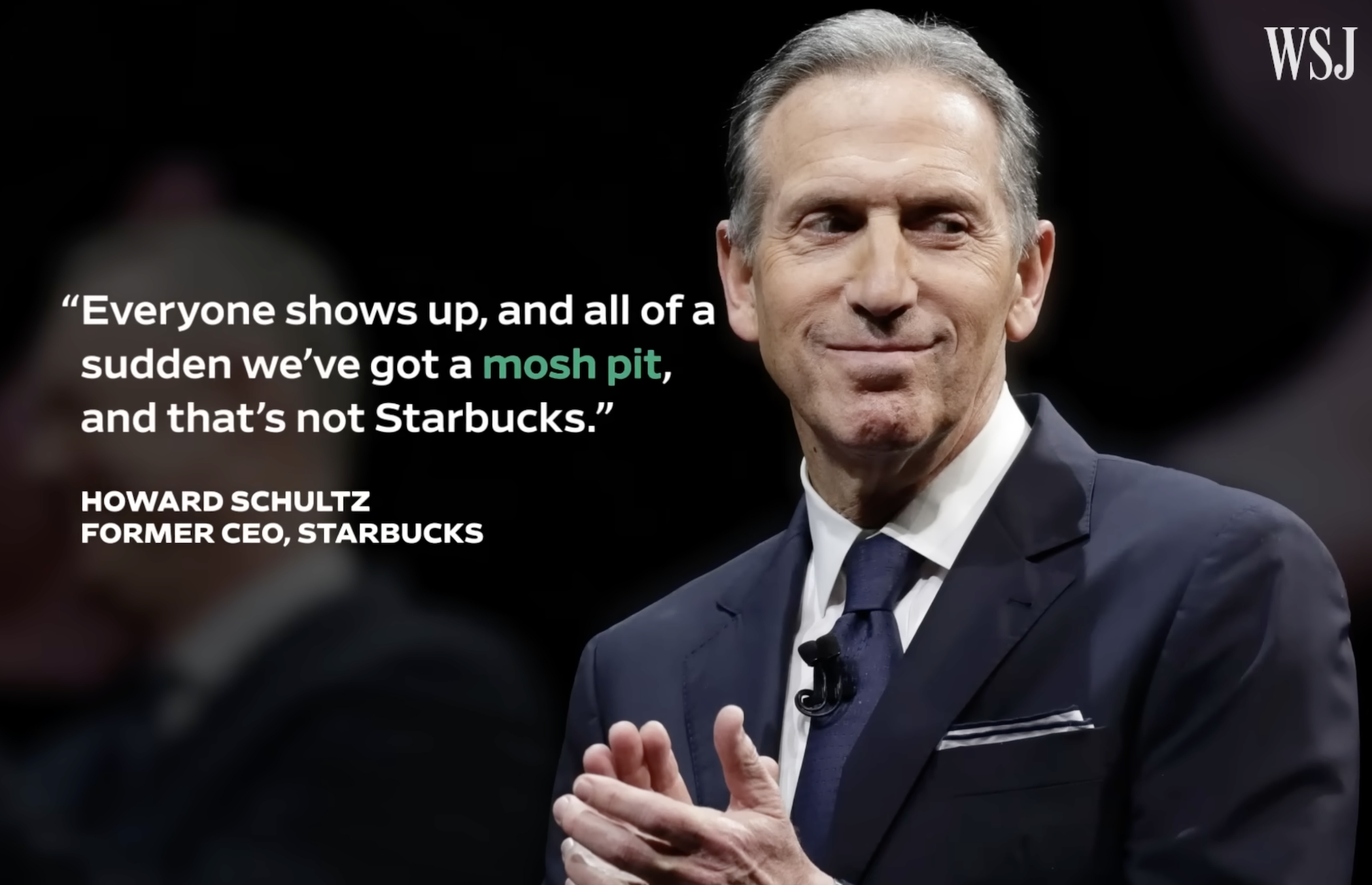
Cue operational efficiency. The company is rearchitecting its mobile order platform and investing in technology to reduce service times. Potentially leveraging AI and geolocation data to better ensure better queueing of orders could be a game changer. Imagine a world where a beverage hits the counter as the customer walks thru the door; every time. With an order fulfillment goal under four minutes, this is sure to be a crowd pleaser. Faster dispersion of crowds gives those who want to linger more space. And almost every customer will be satisfied with faster and more predictable service.
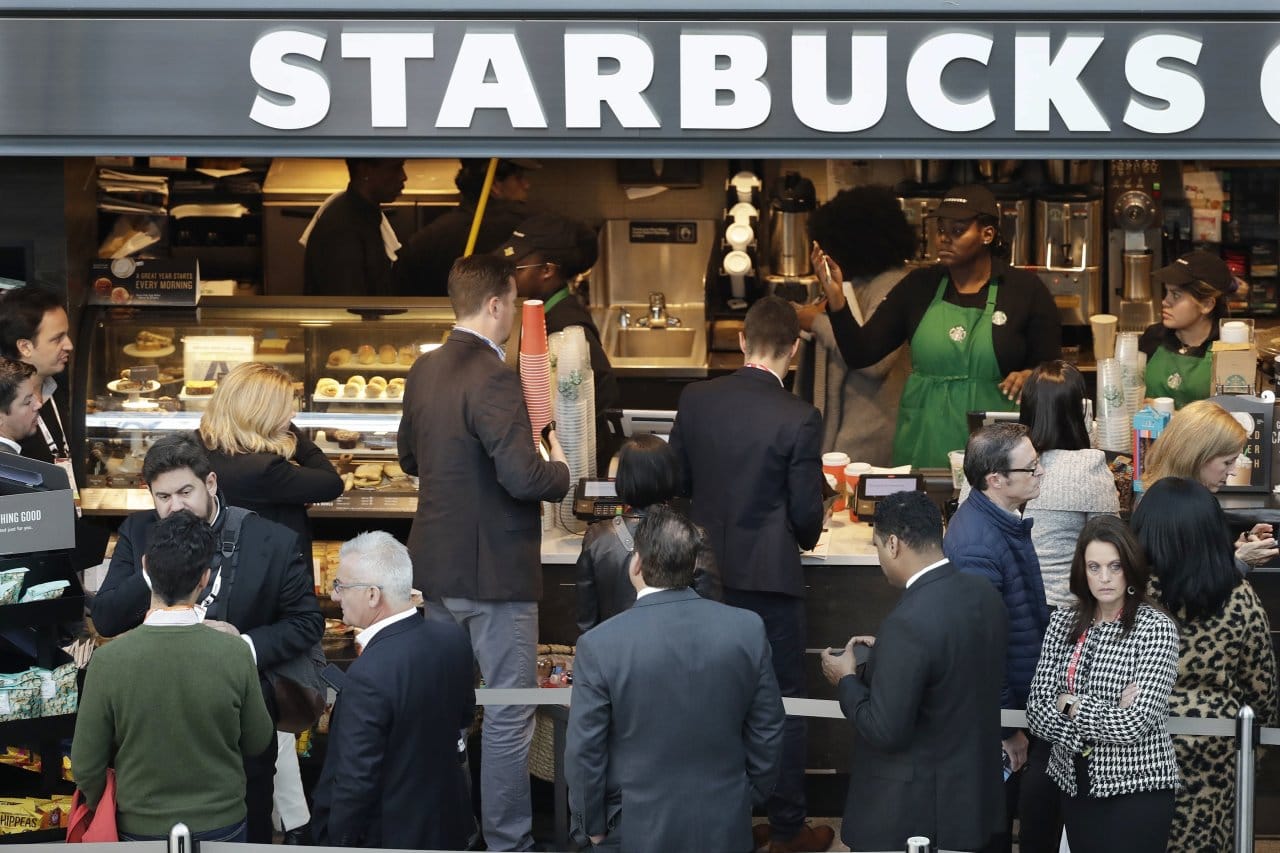
Once the waiting mosh pit is cleared, Niccol has already acknowledged there a lot of “small things in cafes need more attention”. It starts with repairing the pesky inoperable electrical outlets that frustrate the first time author or startup founder. It extends to dropping the cookie cutter motif with a return to coffeehouse vibes. Become less commercial and extend a warmer welcome. Personally, my fingers are crossed for a potential return of the classic oversized Friend’s style couch to replace the wooden stools seemingly made from a material harder than diamond. A simple rearrangement of fixtures would encourage communities to again host events. All in the name of Starbucks reclaiming their throne as the defacto meetup spot.
Regularly Scheduled Disappointment
In 1996, with Apple on the brink of bankruptcy, Steve Jobs returned to find product bloat had run rampant throughout the organization. With an already minority market share, the SKU overload was a heavy operational challenge. And it only served to push customers further away from choosing an Apple product. Cognitive load is a real - often paralyzing - challenge consumers face when making buying decisions. Remember, they can always choose to not decide. One product replaced the confusingly named and feature overlapping 15+ desktop computer models currently available. Niche products were abandon. In its place, a simple 2x2 matrix product strategy arrived. A Desktop and a Laptop built for Consumers and Pros. This intense focus on less, allowed Apple to create insanely great products, like the iMac. And eventually the iPhone.
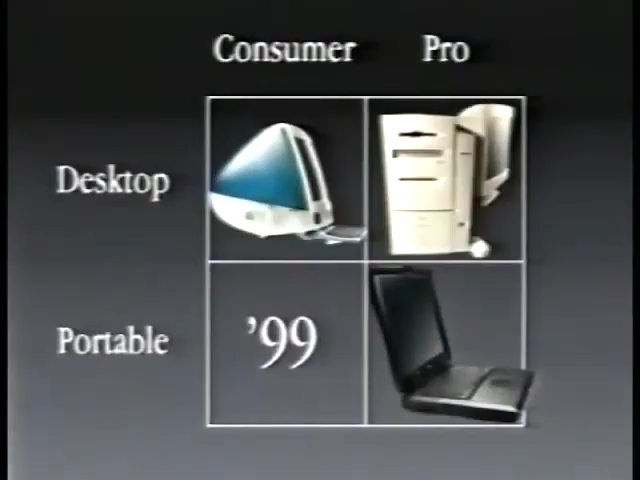
Today, Starbucks feels a lot like Apple did back in 1996. They offer such a vast selection of products that it can concoct over 170,000 possible drink combinations using its deep inventory of coffees, teas, flavors, syrups, milks, powders, unique ice shapes, and sweeteners.
All of which leaves consumers with a hard decision to make as they approach the counter. Does a White Chocolate Mocha Frappuccino taste much different than a Mocha Frappuccino with White Chocolate sauce? Is the Iced Matcha Lemonade or Green Tea Lemonade more refreshing? And after taste testing it a dozen times, I’m beginning to think a White Hot Chocolate and a Hot White Chocolate are literally the same thing.
To make matters worse, stocking that deep inventory became a challenge for Starbucks. The increase of single use ingredients combined with an already strained supply chain, resulted in out of stock items being a regular occurrence. Reddit threads and TikTok videos went viral for all the wrong reasons. Some days, it felt they were out of stock on ice.
Even on full stocked days, an overly complex menu slows down ordering. A punishment I wouldn’t wish on my worst enemy is sitting behind someone in the drive-thru ordering a “Grande no-whip white chocolate mocha with five pumps and an extra shot, with soy milk”.
“No one knows the real cost of a defective product. You know the cost of replacing it, but not the cost of a dissatisfied customer.” - W. Edwards Deming
The fix here is easy. Menu simplification. Starting in March 2025, thirteen underperforming drinks have been removed from the menu. The long term goal is to reduce menu by 30%. Simplification clears the noise for faster service, greater consumer loyalty to premium beverages that resonate with more customers, and create fewer moments of disappointment.
Like Lee Iacocca reducing the size of the K-Car to fit more in a shipping container, less is more when more is too much.
The Internal Monologue is Panicked Gibberish
When John Mulally joined Ford in 2006, he realized that the company had been producing cars based on internal preferences rather than what customers actually wanted. Ford, like most companies, are rarely being run by people matching their target demographic. Internal teams were constantly fighting. Vying for resources. Seeking green lights on their myopic and often ill conceived ideas. All leading to a world of too many models and too many variations that complicated production and confused consumers. Reacting to short term fears rather than establishing a long term vision fragmented Ford. This gap caused potential Ford customers to see the company as outdated, unreliable, and lacking fuel-efficient options compared to competitors like Toyota and Honda. In customer satisfaction surveys, existing customers would highlight concerns about Ford’s quality and reliability.
Mulally found success by hearing the plight of his buyers. And reacting with a vision to better serve them. First, he streamlined the product lineup. Improving production woes by focusing on global models that customers actually wanted - like the Ford Fusion, Escape, and Focus. Identifiable and consistent designs and features worldwide.
Then, Mulally returned to the 1980's slogan, "Quality is Job One". Investing in better materials, manufacturing improvements, and rigorous testing to meet customer expectations.
And Because he had secured $23 billion in private loans to finance his vision, his decisions in 2008 to not take a federal bailout resonated with customers. Boosting brand loyalty and ultimately sales.
The move to automatic espresso machines that Schultz laments in his 2007 memo was in reaction to understaffed internal teams looking to optimize time. Ultimately, internal panicked gibberish that literally and figuratively blocked their ability to serve customers. “This specific decision became even more damaging when the height of the machines, which are now in thousands of stores, blocked the visual sight line the customer previously had to watch the drink being made, and for the intimate experience with the barista.”
Later, as part of a push to increase revenue, Starbucks began introducing food menu options. Partially to compete with the likes McDonald’s who had entered the coffee space. Yes, of course, shareholders need to see revenue growth. At what cost? The customer demographic began showing decreases to average income and education levels. The aroma of coffee was replaced with the smell of eggs held too long in a microwave.
Starbucks was founded with the idea that, “We are not in the coffee business serving people, but in the people business serving coffee.” It’s hard to say exactly when, but again somewhere along the line the internal monologue outweighed the voice of the customer.
You’re as Cold as Ice
On some days, the loyalist Starbucks customers would brave congested stores and alter their order to account for out of stock items, so they could see their favorite Barista. To enjoy a moment of human connection before diving into a hectic and chaotic day. And then, as if in a perfect illustration of their slow march towards commoditization, Starbucks launched pick-up only stores for mobile orders. Now there was no place to be a third place. Reduced to the size of a large bedroom, there was no menu, no furniture, no way to order, and no soul whatsoever. At one point, Starbucks announced plans to replace nearly 400 cafes with 300 of these new dystopian and callous pickup-only stores.
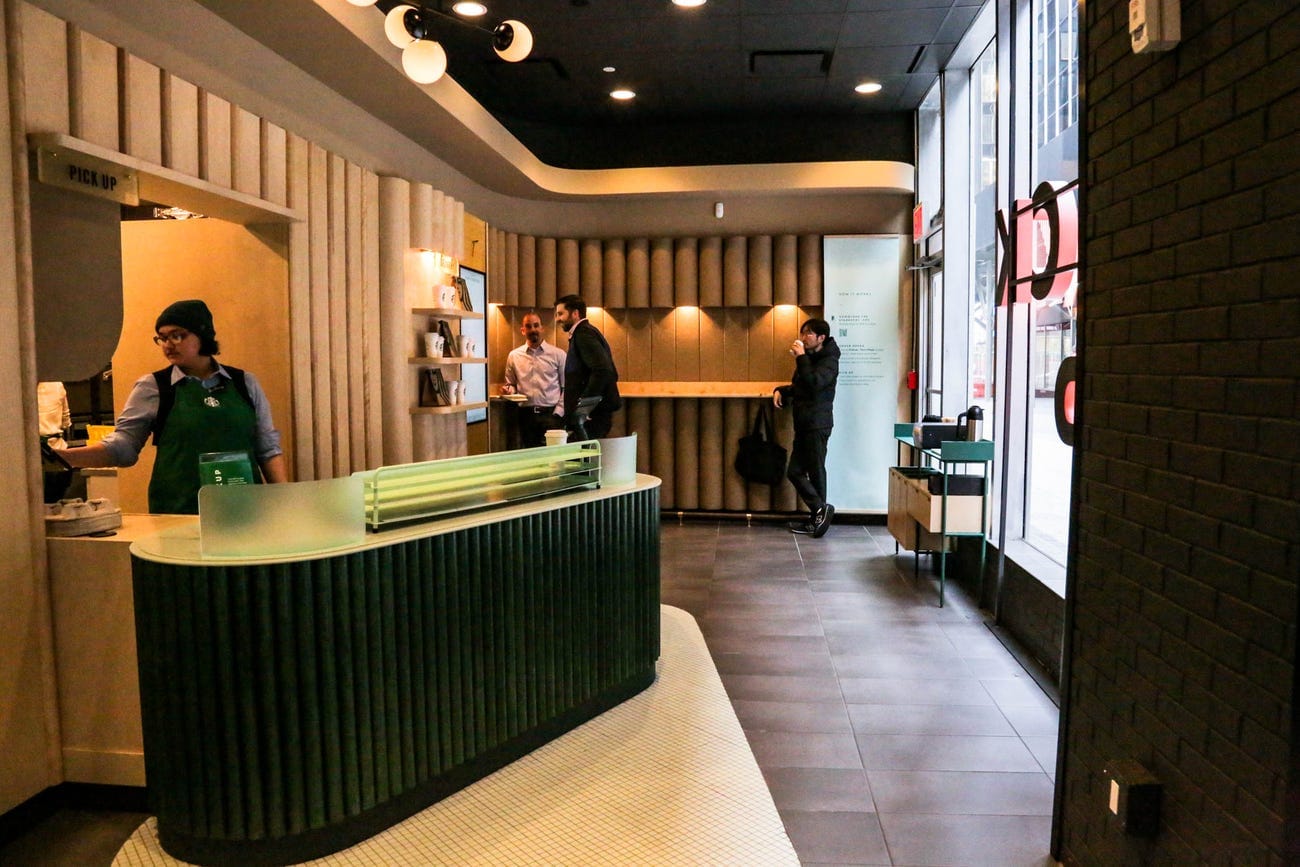
Leave it to Niccol’s to listen and course correct. After a six year experiment, July 2025 finally saw the closure of pick-up only stores. On an earnings call, Niccol verbalized what everyone had all been feeling, “We found this format to be overly transactional and lacking the warmth and human connection that defines our brand.”
Ultimately, a brand is not a color. It’s not typography or mission statements. Frankly, it’s not even the logo, no matter how iconic. A brand is how someone feels when they interact with it. How a company improves their customer's life. It’s manifested in how quickly the hotel concierge answers the phone with a real human on the other end. How your favorite restaurant authentically responds with “yes, we make that for you” when you ask for a substitution. How your attorney, Realtor, or insurance agent has genuine enthusiasm to help you. People trust people. And brands are built on those people when a business can think globally and act locally.
As countless retailers move to self-checkout and business chase the latest AI chatbot to replace their sales team, Starbucks can remind us what happens if you innovate the human out of the equation. We lose the heart. And the brand goes cold.
And in the end
We were given two ears and one mouth for a reason. To listen twice as much as we talk. Often, the answer to our business challenge is to just listen to your customers; then do what they want. It’s only then your mouth is used to help the world understand how you’ve changed. When your reinvention is so drastic, tell the world. Acknowledge the misstep. Reintroduce - or reestablish - yourself with pomp, circumstance, and fanfare.
Like Starbucks originally did, create comfort.
Like Apple, simplify to less, when more is too much.
Like Ford, prioritize the customer voice over the internal voice.
And like Starbucks is doing now, think global but stay local.
As business operators, marketers, or sales professionals you might not take home a $95.8 million check just for listening, but you’ll be a whole lot closer.